Industry Trends
How Carriers Can Boost Revenues with All-scenario FWA
As 5G is deployed at scale in more countries around the world, the potential for growth in home, enterprise, and IoT scenarios is excellent, offering higher ARPU, better pipe monetization opportunities, and a superior user experience.


By Wang Peng and Shen Li, Huawei Carrier BG
FWA: From copper lines to optical fiber
Unconstrained by physical lines, wireless connections are more flexible and easier to use than wired connections. The rapid evolution of wireless technologies has boosted the capacity of FWA from satisfying basic connectivity needs to replacing copper lines with even higher speeds. FWA has great potential to compete with FTTx, with the peak rate of a 5G site at a single frequency band already comparable to wired 10G PON.
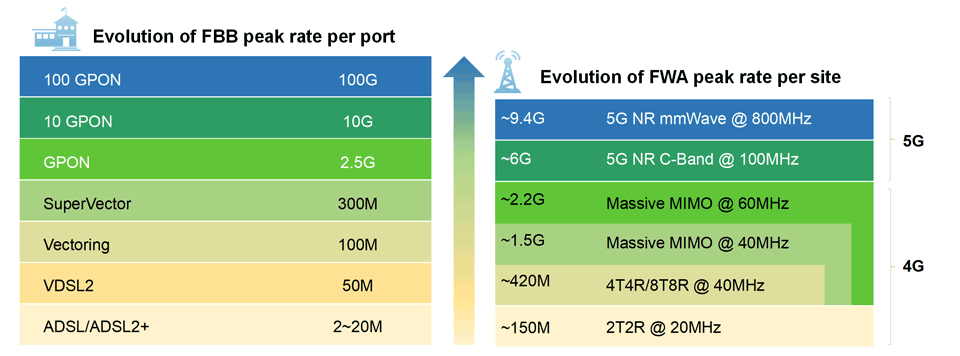
Figure 1: Peak capacity evolution of FBB and FWA cells
If carriers use 60% of the resources in 2.3 GHz and 3.5 GHz bands to develop FWA, the peak FWA capacity of a single site can reach 8.6 Gbit/s. TDD spectrum distribution for continuous high bandwidth is a common approach taken in many countries that enables 5G FWA capacity to be comparable to that of wired 10G PON.
FWA development at scale depends on what home broadband users need. In China, the 100 Mbit/s fixed network home broadband package in a tier-1 city in China provides a good example. Excluding IPTV, 8 Mbit/s is sufficient to meet home user needs, as mainstream home services are 480p and 720p OTT videos. For the next three to five years, 100 Mbit/s will be sufficient to meet the needs of most households.
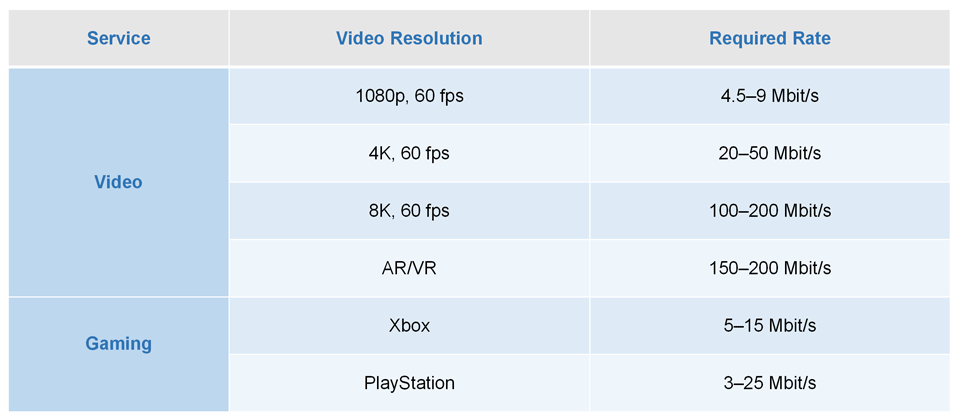
Figure 2: Bandwidth requirements of services
FWA services should be provisioned and planned based on user needs and wireless service characteristics. The number of households for which FWA services can be provisioned by a single site depends on the capacity of a wireless site, FWA traffic model, and the service rates users need.
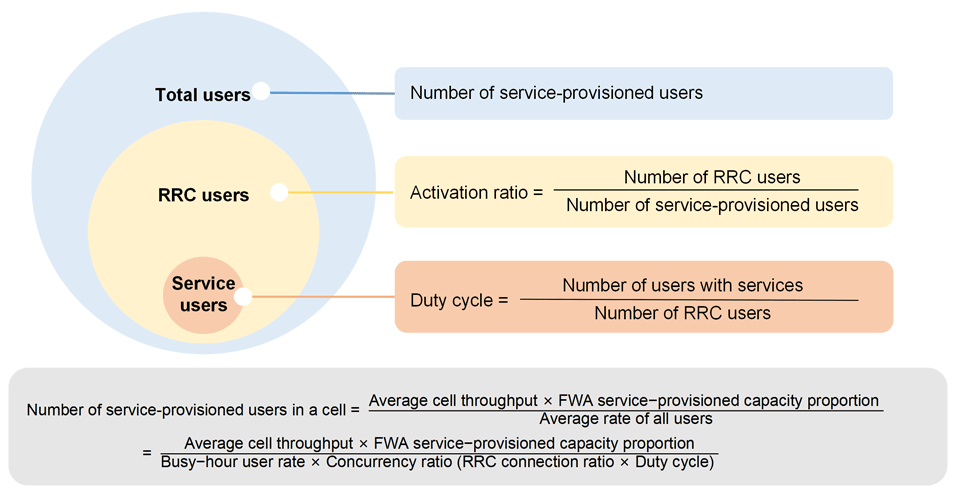
Figure 3: Model of the number of users for which wireless FWA service can be provisioned
According to an FWA traffic model data in different regions worldwide, assuming the rate that FWA users need is 50 Mbit/s when the FWA capacity is 8.6 Gbit/s per site, the activation ratio and duty cycle are 50% and 20%, respectively, maximum of 1,720 users can be provisioned in one site. This addresses the urban household density and home broadband rate requirements in most countries.
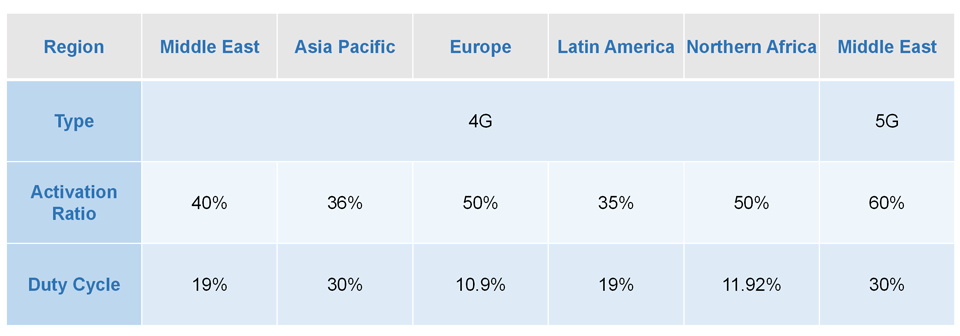
Figure 4: Typical FWA traffic models in different regions worldwide
FWA packages are mainly speed-based or volume-based with larger-data packages, with prices per GB lower than 5GtoC packages. In the early stages of 5G development, mobile broadband (MBB) networks were generally light load due to the low penetration rate of user devices. In addition, MBB's consumption of wireless resources is unbalanced in terms of time and space, and the busy hours of eMBB and FWA do not overlap. Efficient use of MBB resources during off-peak hours to develop FWA brings more benefits with quicker ROI. FWA is clearly a more efficient means of monetizing pipes.
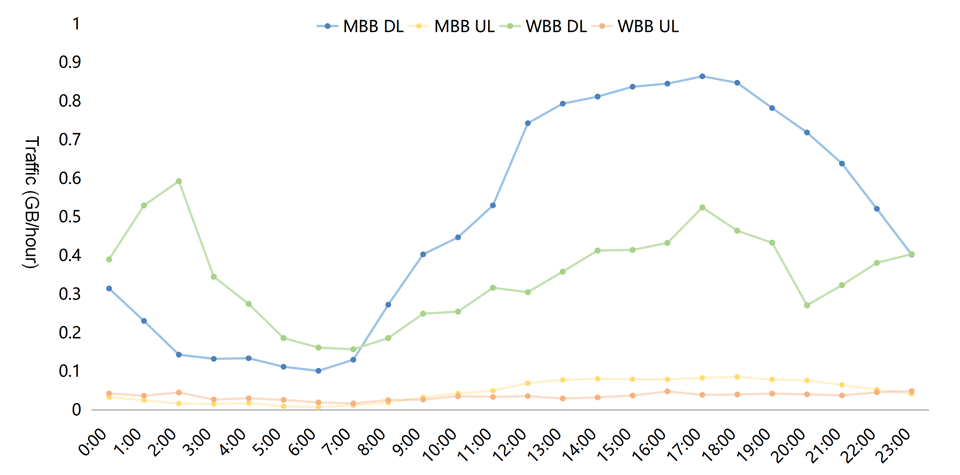
Figure 5: Traffic distribution of FWA and MBB at different times
The Future of FWA: 20% CAGR of users and significant market share outside China
By the end of 2021, the number of 4G/5G FWA users worldwide exceeded 65 million, with 4G FWA users accounting for 95% of the total. 5G FWA users are expected to account for 27% of all users by 2025. As 5G capacity increases exponentially, FWA has become mainstream.
In the Middle East, more than 1 million 5G FWA home broadband users provide carriers with 30-80% higher ARPU than 4G FWA. In western Europe, 5G FWA has been applied in many scenarios, including SMEs and RVs.
The FWA development experience of leading carriers worldwide shows that while 5G FWA improves perceived speeds, providing diverse bundled services is key. According to Huawei data, more than 80% of carriers that provide commercial 5G FWA offer packages that bundle Wi-Fi mesh, video, and gaming services. Huawei's recommendation for such carriers is the 1+1+X strategy, which means one high-performance air interface that improves the home broadband rate, one seamless Wi-Fi coverage solution, and a variety of home services such as 4K OTT video and cloud gaming.
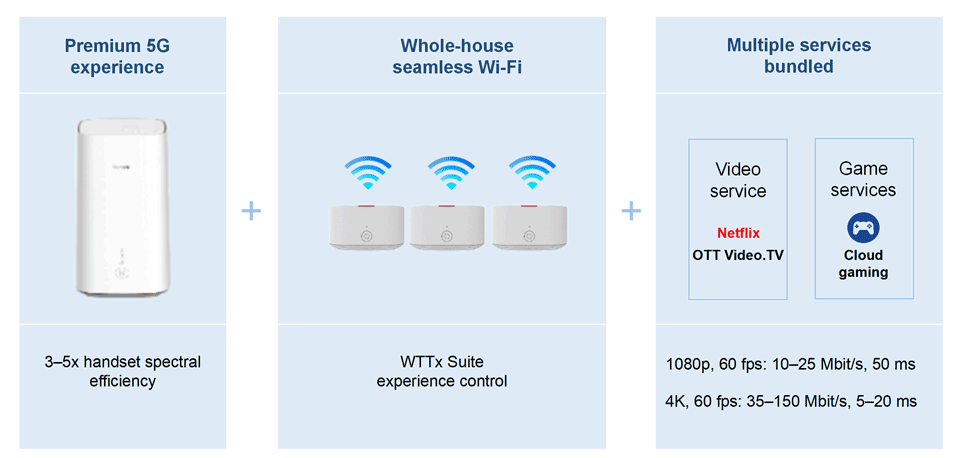
Figure 6: 1+1+X wireless FWA service development strategy
The development of FWA services at scale creates requirements for CPE prices. Developed markets are less sensitive to CPE costs, and so business model design is more important. In markets with fair credit systems, such as North America, the Middle East, and Europe, CPE costs can be dispersed through leasing or installment. In developing markets sensitive to CPE prices, 4G and 5G coordination is needed. To generate higher ARPU, carriers can develop entry-level users through 4G CPE with competitive pricing, and high-end users with 5G CPE with similar pricing to optical fiber solutions.
Understanding broadband IoT from the FWA perspective
The advent of 5G has clearly helped FWA expand from homes to enterprises. For example, work from anywhere is an FWA business scenario for SMEs that provides guaranteed connectivity, as well as work suites, including online meeting software, telephony services, and 24/7 assurance services. The core of these services is to go beyond connectivity and provide micro-integrated, differentiated capabilities. Based on its expertise gained from around the world, Huawei has summarized 12 private line use cases, including SME private line and mobile banking, which are differentiated product portfolios based on FWA connectivity. By July 2021, 27 carriers had worked with Huawei to launch 5G FWA Business services.
FWA can connect homes, enterprises, and everything. The parcel lockers and vending machines that can be found everywhere are all based on Cat4 broadband connections. Broadband connectivity integrates both narrowband IoT (NB-IoT) and high-bandwidth 5G NR. In terms of IoT, the value of connectivity for NB-IoT generally accounts for less than 10% across the industry value chain. Most of the value lies in devices, platforms, and applications. This conclusion is in line with the need for FWA enterprise connectivity to move upstream by providing micro-integration. Carriers should consider developing integration capabilities that match value distribution along the industry value chain.
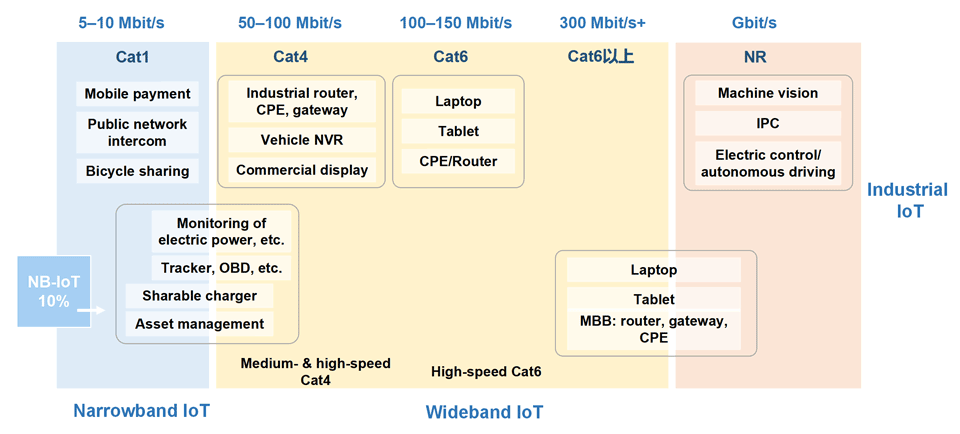
Figure 7: Broadband IoT application scenarios and required rates
5G's main advantage over 4G is support for ultra-low latency and ultra-high bandwidth, which enables two types of high-value IoT toB scenarios: Critical IoT and industrial automation IoT. These scenarios require high reliability and low latency, as well as support for features such as 5G LAN and clock synchronization. Massive IoT and broadband IoT are essentially a continuation of 4G connectivity.
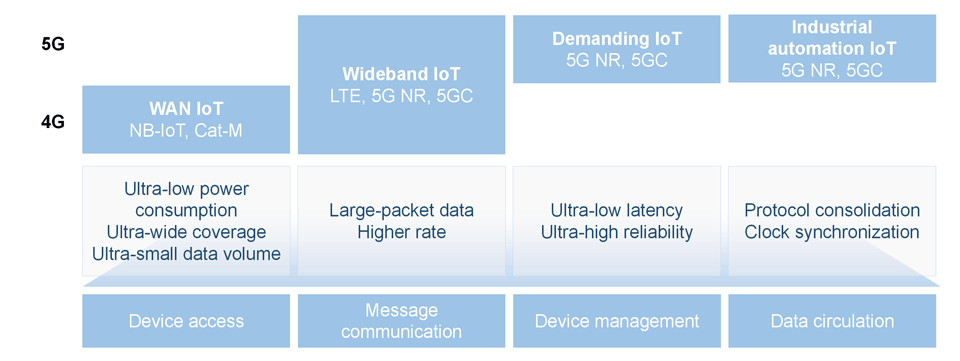
Figure 8: Four types of IoT connectivity scenarios
Regarding the connectivity scenarios and their value, the following conclusions can be drawn:
- ToC services connect people, and have a large number of users and high value.
- FWA home connectivity is a type of broadband IoT with a massive user market. Carriers must design services based on wireless characteristics, and the core of these services is to adapt busy-hour rates to users' service needs.
- The business model for most Massive IoT services, including NB-IoT and Cat1/Cat4 connectivity, is retailing SIM cards and charging by traffic, which generates low ARPU.
- As a type of broadband IoT, FWA enterprise connectivity is a high-ARPU scenario. Carriers have started to incubate this scenario at scale, but they must be able to integrate and provide differentiated services. For business model design, carriers can use fixed private lines as a reference, but must adapt it to wireless features. Currently, enterprise services with high symmetric uplink and downlink rates (≤ 50 Mbit/s) are not recommended.
- Critical IoT and industrial IoT are both high-value scenarios. They are differentiated 5G capabilities superior to 4G and are key capabilities for application in vertical industries. They can contribute to the high-value monetization of connectivity.
Unlimited value of network slicing: WAN toB from the FWA perspective
From a geographical point of view, connectivity can be divided into WANs and LANs. WAN connectivity is based on MBB networks with nationwide coverage, whereas LAN connectivity is based on local area networks. FWA falls within the scope of WAN connectivity. While the biggest challenge facing WAN FWA is the impact of multi-service networks on the toC service experience, the biggest challenge for WAN toB services is balancing the impact of multi-service networks on the toC service experience.
How does FWA balance the experience of multiple services and reduce the impact on the toC service experience? The solution is to use the FWA Suite tool to perform evaluation before service provisioning by evaluating signal quality in real time where the services are provisioned, and calculating the required resources based on the spectral efficiency of the air interface. QoS resource scheduling can set the upper limit of resources usable by FWA. The toC service experience can be ensured using priority-based scheduling during congestion. Given the limited air interface capabilities, the essence of this solution is to allocate resources appropriately and achieve basic slicing of air interface resources.
The recommended method to balancing the multi-service experience on a WAN is as follows: If resources are limited, split the limited resources for toC, toH, and toB services. Then deploy and optimize wireless pipes to accommodate multiple services. If spectrum resources are sufficient and user development is expected to be positive, dedicated networks can be deployed for new services. For example, TDD spectrum can be used to deploy FWA toH/toB dedicated networks.
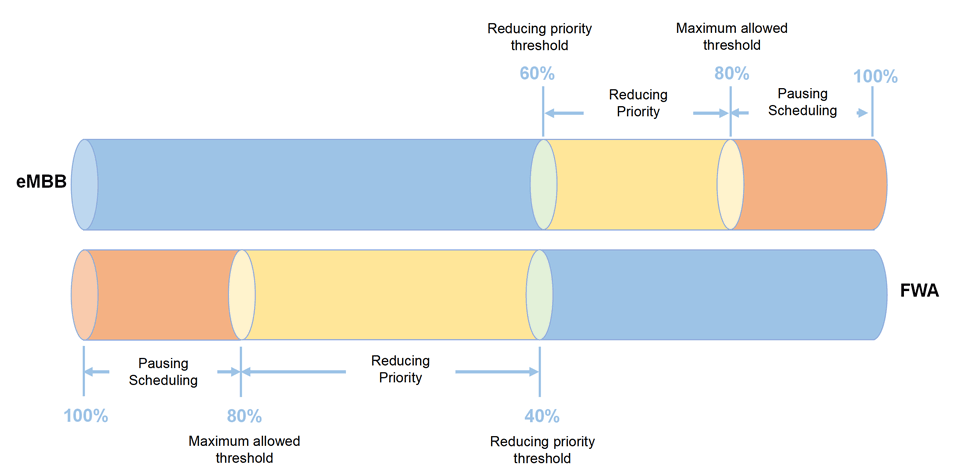
Figure 9: QoS PRB control solution for multi-service networks
E2E slicing is a key capability to meet differentiated service requirements of different industries using WAN toB services such as speed acceleration, security isolation, and service assurance. The following FWA guidelines can be used as a reference for WAN slicing:
1. Absolute hard slicing should be used with caution on WANs. Before toB service provisioning, it is recommended that you use the FWA Suite tool to evaluate the resources needed by users before toB service provisioning. Doing so can avoid resource preemption that compromises consumer service experience. Soft slicing based on QoS scheduling priorities is more secure.
2. Hard slicing applies to these scenarios: occupation of a small number of resource blocks (RBs), temporary hard slicing (released upon exhaustion), and hard slicing within a small geographic area (toC hot areas should be avoided).
3. Hard slicing on a dedicated network that is isolated from toC resources does not need to consider its impact on toC service experience. This will maximize toB service experience. 5GtoB dedicated LANs support demanding IoT and industrial IoT, and are superior to WANs in this regard.
The key to all types of connectivity carried on a wireless network is to build pipes with sufficient bandwidth. Only a road that is wide enough can accommodate a large number of vehicles through shared lanes, dedicated lanes, and tidal lanes. This type of road enables more options and a greater vision of the future.
FWA is a solution positioned somewhere between wired and wireless networks, and a crossover product for both homes and enterprises. FWA can involve both narrowband and wideband IoT, and evolves from 4G to 5G. Huawei works to make FWA the ultimate last mile for home and enterprise broadband and facilitate the appropriate use of both wired and wireless technologies in IoT, enabling FWA to be applied in more scenarios.






